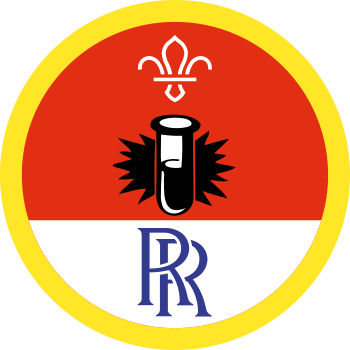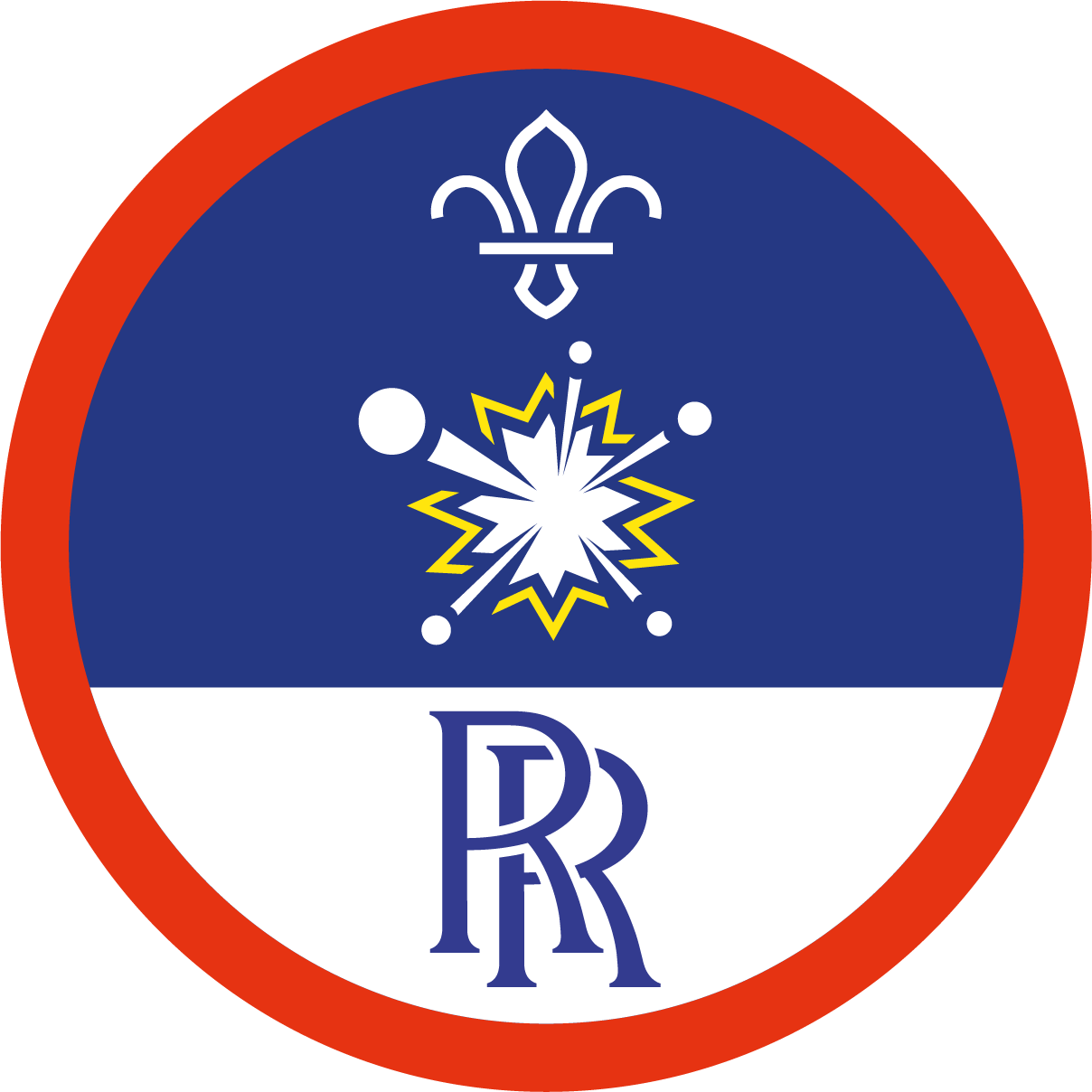
Make your own bath bombs
You’ll need
- Ingredients (see recipe)
- Access to water
- Kitchen scales
- Mixing bowls
- Cups or beakers
- Whisks
- Measuring spoons
- Bath bomb moulds like empty yoghurt pots, ice cube trays or leftover Easter egg packaging
Before you begin
- Use the safety checklist to help you plan and risk assess your activity. There's also more guidance to help you carry out your risk assessment, including examples.
- Make sure all young people and adults involved in the activity know how to take part safely.
- Make sure you’ll have enough adult helpers. You may need some parents and carers to help if you’re short on helpers.
Planning and setting up this activity
- You could run this activity as one of two or more bases. This allows everyone to work together and save resources. If you’re doing more than one experiment, make sure you have enough adult supervision for each one and that all the necessary equipment is ready.
- Bath bombs need time to dry before they can be tested. The group could prepare their own in one session and take them home to try out themselves. You could prepare some beforehand to show them what’ll happen and explain the science while they’re waiting for theirs to dry.
- Let everyone know about this activity beforehand and encourage everyone to bring something along that they can use for a mould. Silicon trays or cupcake cases work well, as do yoghurt pots or plastic biscuit cutters. Bring some along for those who can’t find anything.
- Check for allergies, intolerances and skin sensitivities, then adjust the ingredients used as needed. This may include making sure there’s no cross-contamination of packaging and no cross-contamination during the storage, preparation and mixing.
- If you’re unsure, check with the young person and their parents or carers. You can check with the adult directly if it’s a volunteer or helper.
- Some people may not like certain textures and that’s OK. They could wear gloves when making the bath bombs or read out the instructions for someone else to make them.
Make your bath bombs
- Everyone should split into pairs or small groups. Give each group a ‘Recipe card (Brilliant bath bombs)’ and all the ingredients and equipment they’ll need.
- There are instructions to tick off on the recipe card. Start by weighing out and adding the bicarbonate of soda, citric acid, corn flour and Epsom salt to a mixing bowl. Whisk the ingredients together.
- Use teaspoons and tablespoons to measure out the correct quantities of oil, essential oil and food colouring in a cup or beaker. Mix these together too.
- Slowly add the oil mixture to the dry ingredients bowl. Do this a little at a time and keep mixing.
- When all of the oil has been added, add a few drops of water so that the mix clumps together and keeps its shape when pressed.
When water is added, the mixture should fizz up a bit. Mix it quickly. If the fizzing up continues after everything’s mixed together, then the mixture is too wet. You’ll need to start again from step 2, and use less water this time around!
- Take the mould and add any decorations to the bottom of it. Pack the mixture from the bowl on top and press it down into the mould. Smooth the top with a teaspoon.
- Put the filled mould somewhere it can dry for the next couple of hours (or pack them up to take home).
- While waiting for bath bombs to set, everyone should come together and discuss the science of bath bomb reactions. Everyone will need a bath bomb to test. They can either use their own if you made them in a previous session, or a pre-prepared example.
- Fill a sink or bowl with water and take turns dropping in bath bombs. See if anyone knows why the bath bomb reaction takes place.
The fizzing when the bath bomb hits the water happens because of a chemical reaction taking place between the bicarbonate of soda, citric acid and water. It’s an ‘acid-base’ reaction, where the sodium bicarbonate (from the bicarbonate of soda) is a weak base and the citric acid a weak acid.
- Everyone should say what they can see, hear and smell while the bath bomb reacts.
The acid-base reaction makes a lot of bubbles – these bubbles are carbon dioxide, like you see in fizzy drinks. The bath water’s not for drinking, though! If anyone’s bomb contained scented oils, they’re released into the air with the carbon dioxide bubbles. Bath bomb recipes usually include corn flour as a dry ‘filler’. This can be used to control the reaction – it can slow down the rate that the sodium bicarbonate and citric acid dissolve, so that the fizzing sensation in your bath lasts longer.
Reflection
Everyone worked together to craft their individual bath bombs. All of them probably turned out slightly different, as groups will have followed the recipe in their own way and used different decorations, oils and food colourings. Was it easier to make the bath bomb working together with others? Which parts might’ve been tough to do alone?
Safety
All activities must be safely managed. You must complete a thorough risk assessment and take appropriate steps to reduce risk. Use the safety checklist to help you plan and risk assess your activity. Always get approval for the activity, and have suitable supervision and an InTouch process.
- Science
Supervise young people, and only do science activities that are advised and age appropriate for your section. Test activities first, to make sure you’re confident you can lead them safely. Use protective clothing where necessary.
- Food
Remember to check for allergies, eating problems, fasting or dietary requirements and adjust the recipe as needed. Make sure you’ve suitable areas for storing and preparing food and avoid cross contamination of different foods. Take a look at our guidance on food safety and hygiene.
Groups could try to make more than one bath bomb, so that they can compare them when testing. Use slightly different amounts of each ingredient to see what happens. See who can make the fizziest, the loudest and the smelliest bath bomb, and record how they did it.
Gloves should be available for anyone who needs or wants them.
All Scout activities should be inclusive and accessible.
Can anyone think of any other times they’ve seen a similar reaction? Fizzy drinks were mentioned earlier but see if anyone knows any others to investigate. You could check out Fizzing fruits or Reaction rockets activity for another example to keep working towards the Cubs Scientist Activity Badge.
Young people can choose the decorations, food colouring and oil to use for their bath bomb.

